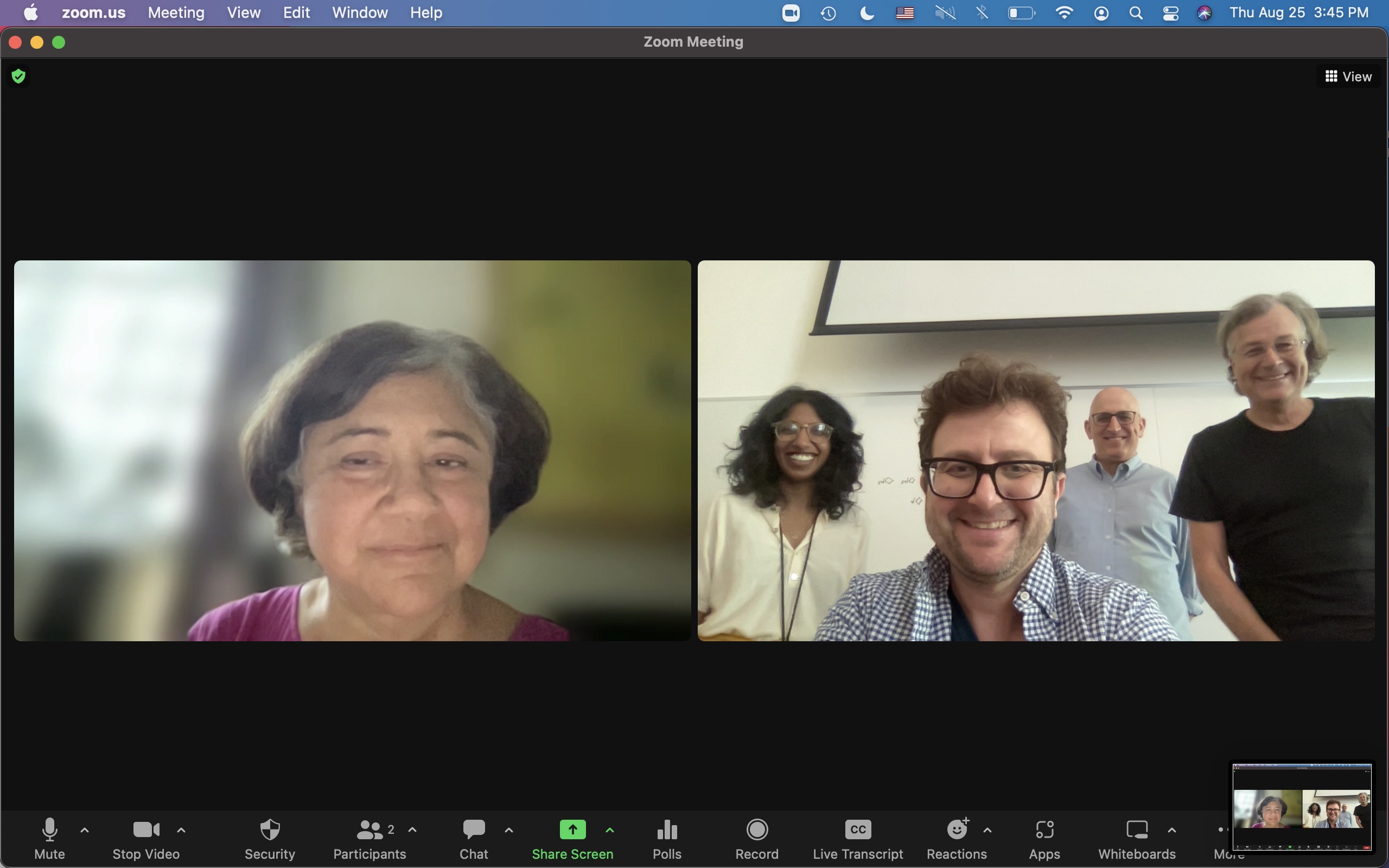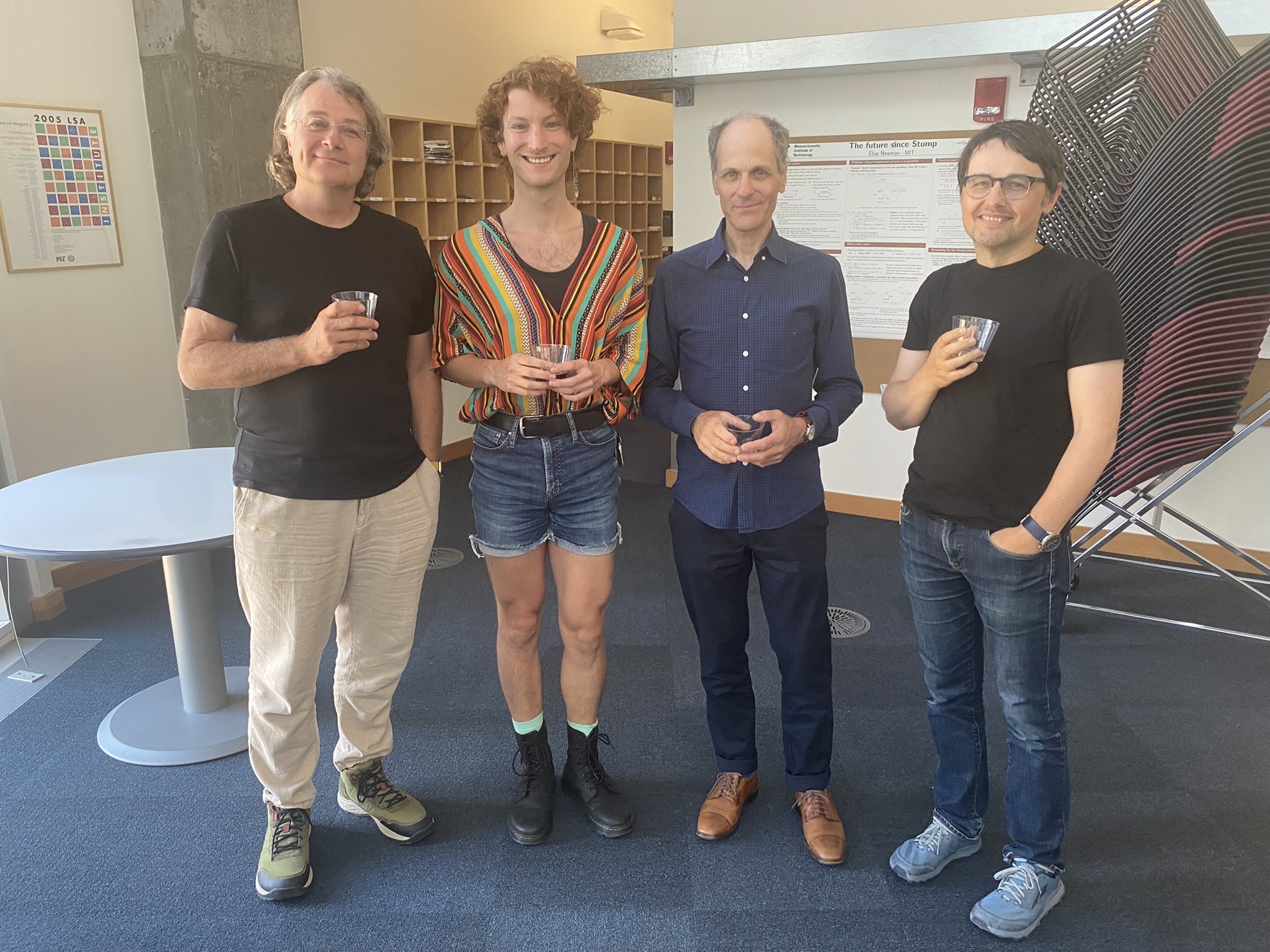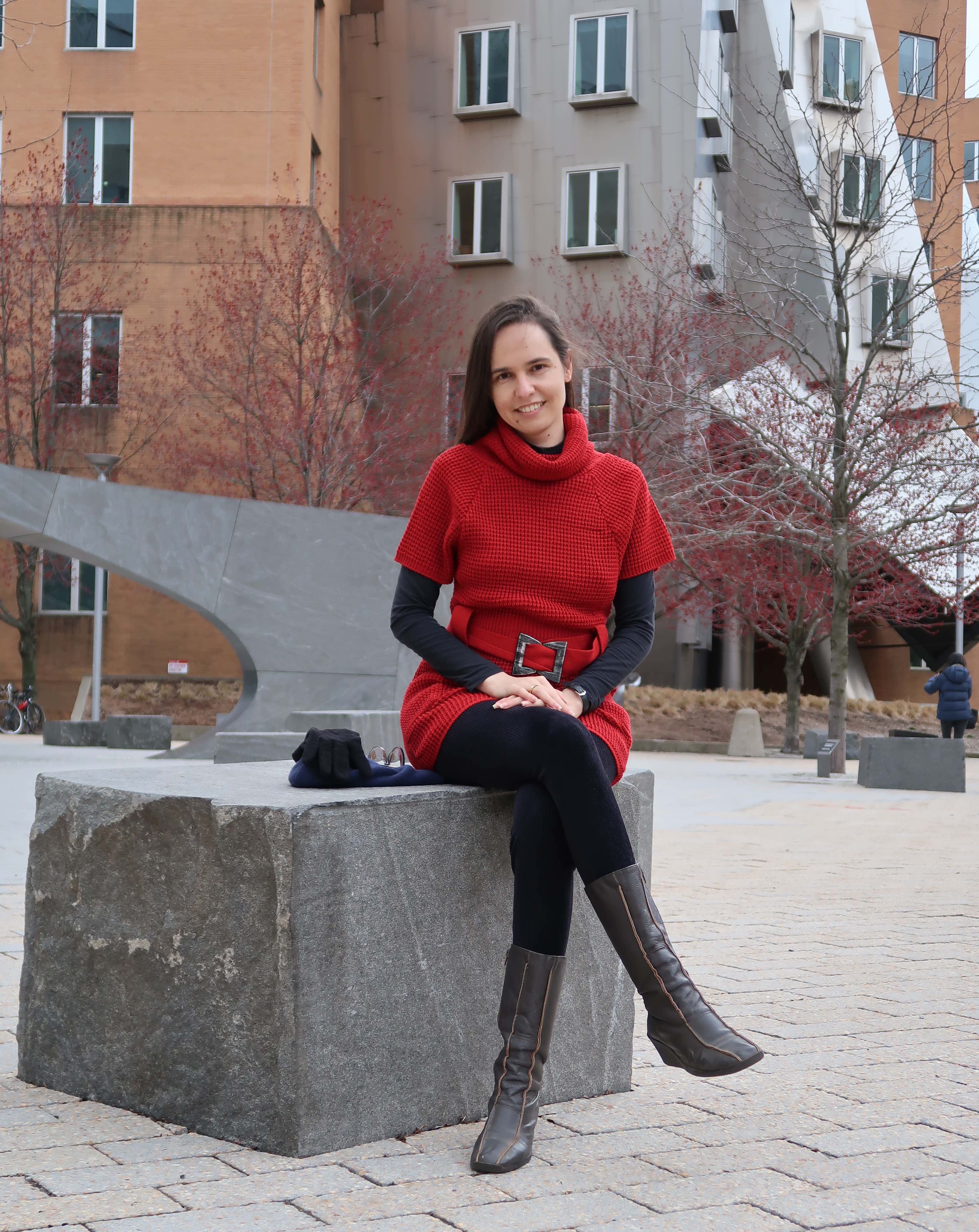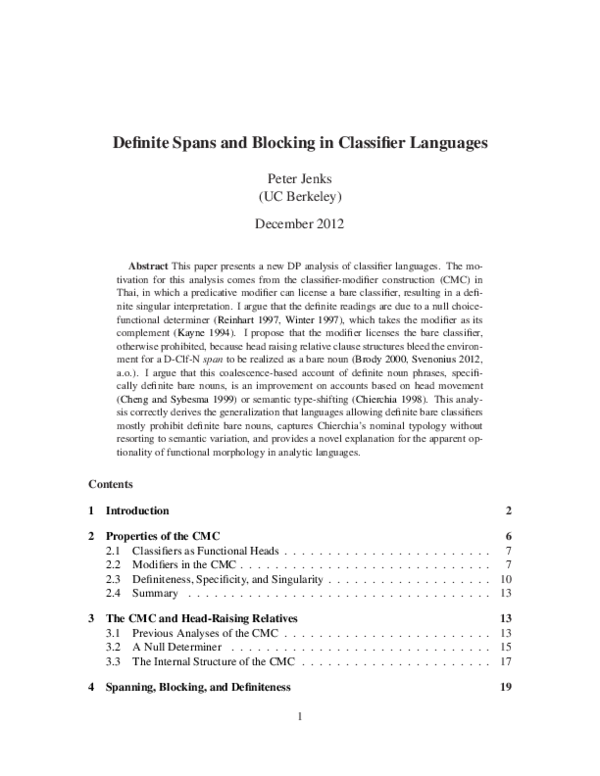You are invited to participate in our discussion this week, Tuesday, December 7, 2-5pm EST, on “Linguistics and Social Justice: Language, Education & Human Rights” (MIT Linguistics, Graduate Seminar, 24.S96). Please contact Michel <degraff@mit.edu> for information about Zoom link and readings; sessions are also live-streamed then uploaded at http://facebook.com/mithaiti/videos for asynchronous participation. NB: We are committed to creating an inclusive and accessible environment in our seminar. If you need assistance for accommodations or accessibility in order to fully participate, please email degraff@MIT.EDU so that we can work out adequate arrangements.
For our last session this Tuesday, December 7, we’ll explore one more facet of the global, political and legal dimensions of linguistics and education for social justice. We are fortunate to have as guests three formidable activists who have achieved key victories on the front of linguistic justice at the United Nations: two human-rights lawyers (Ellen-Rose Kambel and Deena Hurwitz) and one Ambassador (Dominique Dupuy), all of whom are deeply committed to linguistic rights as human rights. See their abstracts below:
Linguistics and social justice:
The perspective of Haiti’s Ambassador at UNESCO
Dominique Dupuy (Ambassador of Haiti at UNESCO)
December 7, 2021, 2–5pm EST
Seminar: “Linguistics & social justice” (24.S96 @ MIT Linguistics)
In this interactive (last) session of this seminar on linguistics and social justice, Ambassador Dominique Dupuy will invite participants to “brase lide” (i.e., stir ideas) on how and why linguistic justice has been at the heart of her mission at Haiti’s Permanent Delegation to the United Nations Education Science and Culture Organization (UNESCO) since January 2021.
Upholding Haitians’ human rights and dignity is the core motivation and main objective behind every action taken by Ambassador Dupuy and her team at Haiti’s Permanent Delegation at UNESCO as they interact with UNESCO’s leadership and the countries’ delegations that share the UNESCO space.
In Ambassador Dupuy’s practice, her promoting and defending linguistic rights is based on the fundamental rationale that “Tout moun se moun” (i.e., on the basis that “every human being has human rights”). “Tout moun se moun” is, thus, a key principle in her mission at UNESCO on behalf of Haiti, as illustrated in her speech at UNESCO on May 27,2021 (in English and Haitian Creole) on language and development.
Ambassador Dupuy will invite participants to analyze specific examples of the somewhat unexpected places where linguistic injustice might undermine UNESCO’s mission and its field operations. She will also invite us to examine some recent victories that have stemmed from her opening up channels of communications with the General Direction in charge of Linguistic Diversity and Multilingualism. Through these channels, she and her UNESCO colleagues are addressing certain discrepancies between UNESCO’s policies and its in-country programs.
Dupuy will conclude with a discussion of some ongoing challenges and prospects in this battle for the universal respect of human rights on a global scale…
Language Friendly Schools and
children’s right to not be punished for using their mother tongue at school
Dr. Ellen-Rose Kambel and Deena Hurwitz, JD
December 7, 2021, 2–5pm EST
Seminar: “Linguistics & social justice” (24.S96 @ MIT Linguistics)
Every day, millions of children receive education in a language that they do not speak at home and do not understand well. Many are reprimanded for just exchanging a few words with fellow students in their home language. Sometimes they are not allowed to sit together with a classmate who speaks the same home language. Or the school may have a rule that, when they are “caught” speaking their home language, they must stay during lunch break and write lines (“I will not speak language X”). In the Netherlands, where the Rutu Foundation is based, it’s not just the students who are penalized; non-Dutch parents are often required to speak only Dutch with their children when they take them to the classroom.
In 2019, the Rutu Foundation initiated the Language Friendly School programme. The aim is to ban these harmful practices and to ensure that all children have access to, and can learn in, a language-friendly environment. It is a two-pronged approach: we raise awareness that children have a right to be educated with respect for their cultural identity including their native languages (Article 29 of the Convention on the Rights of the Child) and we offer schools the opportunity to apply for the label “Language Friendly School” and join a global network of schools where all languages are welcome and valued.
Our approach is starting to bear fruit. There are now 17 Language Friendly Schools in the Netherlands, Canada, Spain, Saba (Dutch Caribbean) and China, with more schools waiting to join. And this year, we reached an important milestone when the United Nations Committee Against Racial Discrimination (CERD) expressed its concern that multilingual children with a foreign, migrant or minoritized background are prevented from, or punished for, using their home languages in Dutch schools.
Background readings:










